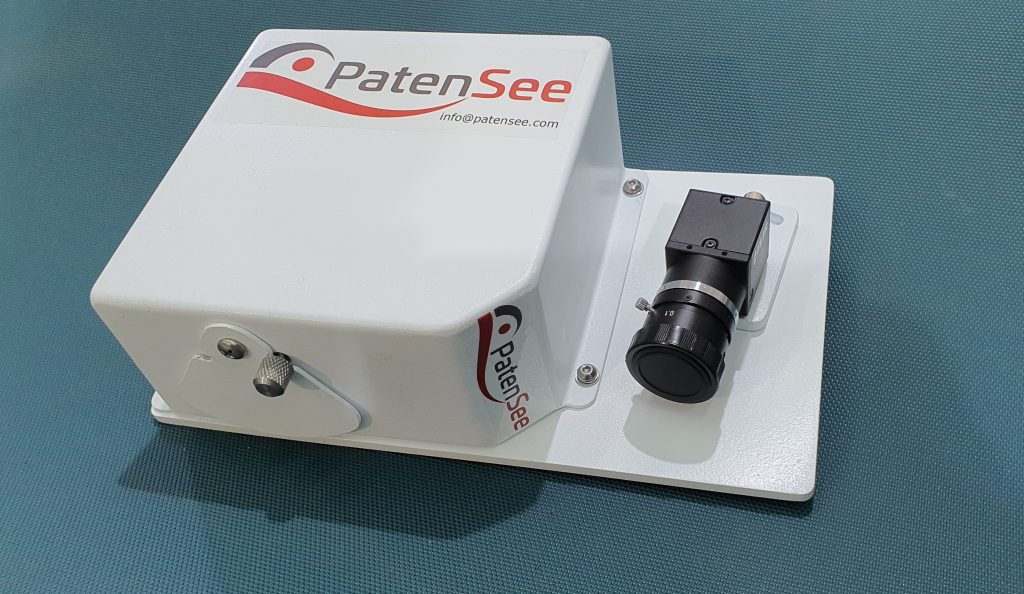February 16, 2021
PatenSee, a developer of a contact-free surveillance tool designed to identify asymptomatic stenosis, today announced the initiation of its first-in-human clinical trial for its machine vision-based surveillance system.
PatenSee notes the trial, led by Prof. Benaya Rozen-zvi, director of the Institute for Nephrology and Hypertension at Rabin Medical Center, will evaluate the system’s ability to perform contact-free surveillance of fistula stenosis similar to a nurse’s physical exam of hemodialysis patients.
“The clinical data we collect will be the first of its kind and will provide a critical step towards a reliable contact-free early detection tool for fistula stenosis,” explained Prof. Benaya Rozen-zvi. “Keeping the fistula open is a major clinical need, and early detection of stenosis allows for both simpler treatment and better prognosis for the patient.”
He added, “The non-invasive, contactless nature of PatenSee’s system adds another important benefit for both in-patient settings as well as in homecare in the future. The ability to assess patients effectively at a distance has become particularly important for both patients and clinicians during the worldwide COVID-19 pandemic.”
“The trial initiation is a significant milestone for PatenSee,” said Dr. Gal Goshen, CEO of PatenSee. “We are excited to complete all bench testing required to bring the system to the clinical stage and look forward to providing a reliable early detection system for fistula stenosis that can save lives, reduce suffering and address a challenge currently costing for payers and providers millions of dollars every year.”
Collaboration with the medical doctors and nurses involved in the trial enabled easy integration of PatenSee’s system into the patient workflow of the dialysis center. The system is used in the pre-dialysis waiting room with minimal to no intervention of the medical staff and no interruption to the workflow.
